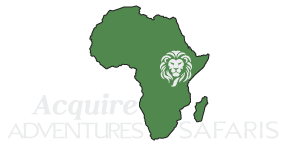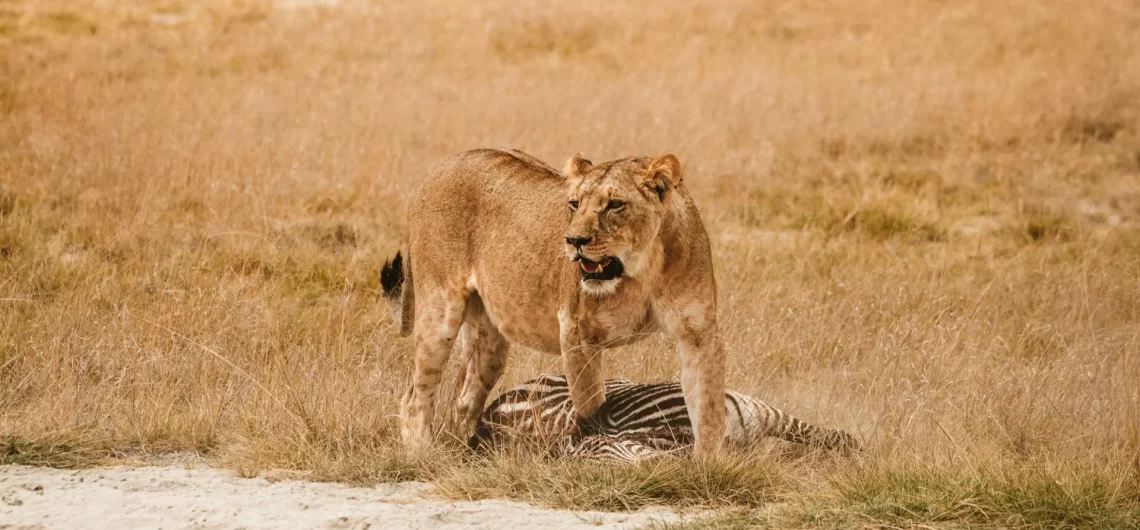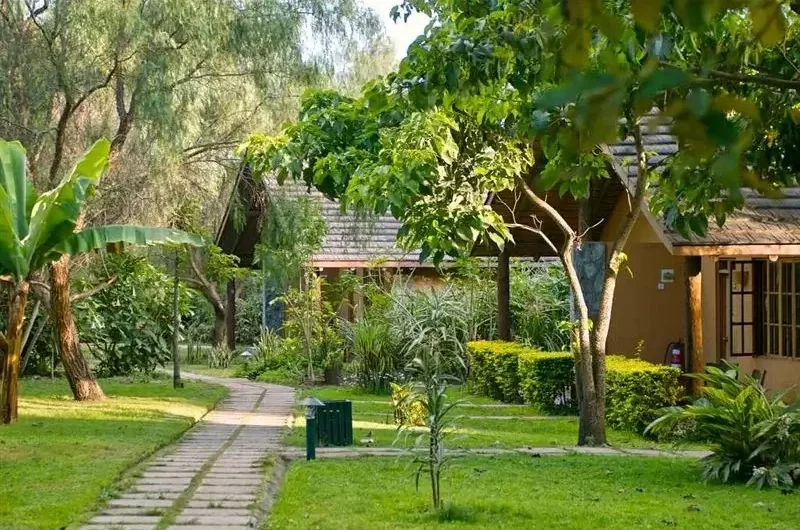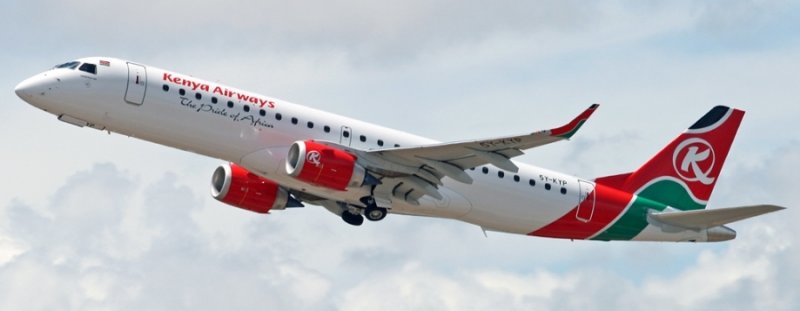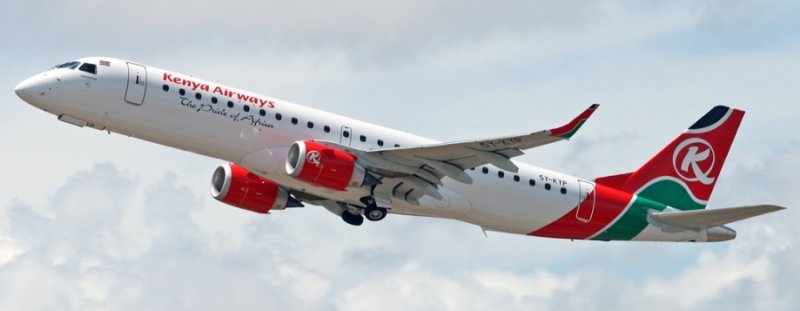Best Safari Destinations Africa - Kenya, Tanzania, Uganda, Rwanda The best safari destinations Africa - Experience Kenya safari and beach holidays; Masai Mara National Reserve, Amboseli National Park, Samburu Game Reserve, Shaba National Reserve, Aberdares, Ol Pejeta Conservancy, Mount Kenya, Tsavo National Park, Hells Gate National Park, Kenyan Rift Valley lakes - Lake Nakuru National Park, Lake Naivasha National Park, Lake Baringo, Lake Bogoria, Lake Turkana, Mount Kenya climbing and Indian Ocean beach holidays in Mombasa, Diani, Watamu and Malindi. Best Tanzania places to visit are Serengeti National Park, Ngorongoro Crater, Lake Manyara National Park, Tarangire National Park also known as season of migration to the north, Mount Kilimanjaro climbing and Zanzibar safaris and beach holidays. Experience Uganda gorilla trekking in Bwindi, chimpanzee tracking tour, white water rafting on the Nile and see the Murchison falls. Visit Rwanda for Mountain Gorilla Tracking in Volcanoes National Park and Rwanda genocide. You will personally interact with the local people in this countries. The options are endless! You will almost see all the animals, a perfect way to spy on the animals! Great wildebeest migration Wildebeest migration in Kenya is a dramatic story. It takes place within Kenya and Tanzania and is the greatest migration show on earth. Thousand of wildebeest and zebras migrate to greener pastures as the season changes between the open plains of Serengeti and Masai Mara and the circle of life and death continues. Predators follows wildebeest closely, waiting for an opportunity to strike weak prey as they make their way into different territories. The precise timing of migration changes annually and it is a very unpredictable and spontaneous natural event. The calving season takes place in Serengeti between the months of January and mid-March before great migration begins heading towards the western Serengeti in June. The best time
Best Safari Destinations Africa – Kenya, Tanzania, Uganda, Rwanda
The best safari destinations Africa – Experience Kenya safari and beach holidays; Masai Mara National Reserve, Amboseli National Park, Samburu Game Reserve, Shaba National Reserve, Aberdares, Ol Pejeta Conservancy, Mount Kenya, Tsavo National Park, Hells Gate National Park, Kenyan Rift Valley lakes – Lake Nakuru National Park, Lake Naivasha National Park, Lake Baringo, Lake Bogoria, Lake Turkana, Mount Kenya climbing and Indian Ocean beach holidays in Mombasa, Diani, Watamu and Malindi.
Best Tanzania places to visit are Serengeti National Park, Ngorongoro Crater, Lake Manyara National Park, Tarangire National Park also known as season of migration to the north, Mount Kilimanjaro climbing and Zanzibar safaris and beach holidays.
Experience Uganda gorilla trekking in Bwindi, chimpanzee tracking tour, white water rafting on the Nile and see the Murchison falls. Visit Rwanda for Mountain Gorilla Tracking in Volcanoes National Park and Rwanda genocide.
You will personally interact with the local people in this countries. The options are endless! You will almost see all the animals, a perfect way to spy on the animals!
Great wildebeest migration
Wildebeest migration in Kenya is a dramatic story. It takes place within Kenya and Tanzania and is the greatest migration show on earth.
Thousand of wildebeest and zebras migrate to greener pastures as the season changes between the open plains of Serengeti and Masai Mara and the circle of life and death continues.
Predators follows wildebeest closely, waiting for an opportunity to strike weak prey as they make their way into different territories.
The precise timing of migration changes annually and it is a very unpredictable and spontaneous natural event.
The calving season takes place in Serengeti between the months of January and mid-March before great migration begins heading towards the western Serengeti in June.
The best time to see migration is usually between June and August when wildebeest congregate and prepare to cross the famous Grumeti River. There are a few excellent tent camps in this area where you can stay to witness this natural phenomenon.
If you are in Masai Mara you can expect wildebeest to make their arrival as early as July, but they generally arrive between August and September and remain in Masai Mara between October and November. Between December and January wildebeest gradually begin their migration back towards Serengeti, Tanzania
Nairobi flying safaris and Hot Air Balloon safaris in Masai Mara, Kenya and Serengeti, Tanzania
Selection of flying safaris are offered from Nairobi to Masai Mara, Amboseli, Samburu, Lewa Conservancy, with combination of Serengeti, Tanzania.
These flying safaris packages may be combined to create itineraries, visiting several parks in Kenya and Tanzania on request.
All safari destinations transfers are by air and game drives from the lodges or camps are done on 4×4 safari jeeps with experienced guides. Return Airstrip transfers are inclusive.
Hot Air Balloon safaris starts in Masai Mara starts early from lodge or camp for the launch ready to take off with the dawn. The Balloon flight lasts approximately one hour.
You fly over the Masai Mara river plains and riverine forest of the Masai Mara in Kenya or Serengeti in Tanzania watching out for all the Big Five including lion, leopard, rhino, buffalo and elephant, wildebeest migration and all the plains game.
Watch from above the dramatic great migration show on earth. Landing is followed by a full Champagne type breakfast prepared for you in the bush. You return to the lodge or tented camp by road arriving back mid morning.
Climbing Mount Kenya
Climbing Mount Kenya is a challenge requiring extensive mountain climbing skills. To climb to the highest peaks-Batian and Nelion, one requires ropes, ice-axes and other specialized climbing gear.
The two peaks can be attempted by experienced climbers. Non-experienced climbers have managed to reach point Lenana 4,970 meters ( 16,300ft) commonly called the Tourist Peak.
Nevertheless, most visitors are able to reach the more accessible Point Lenana at 4985m and many visitors enjoy the simple high altitude walks.Access to Mount Kenya National Park is by three routes: the Naro Moru Route; the Chogoria Route; and the Sirimon Route.
Climbing Mount Kilimanjaro
Mount Kilimanjaro is situated inside the Kilimanjaro National Park in Tanzania bordering Amboseli National Park in Kenya. It is the highest mountain in Africa.
There are six routes used to climb Mount Kilimanjaro. Each has different elements that reasonably can cause a climber to select one over the other.
There are routes that approach from the west, the north, and the south, and each offers different viewpoints. Climb via Marangu Route, Machame Route, Lemosho Route, Rongai Route, Umbwe Route and Northern Circuit.
